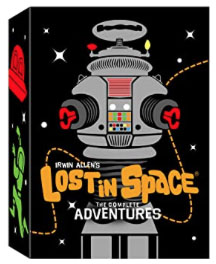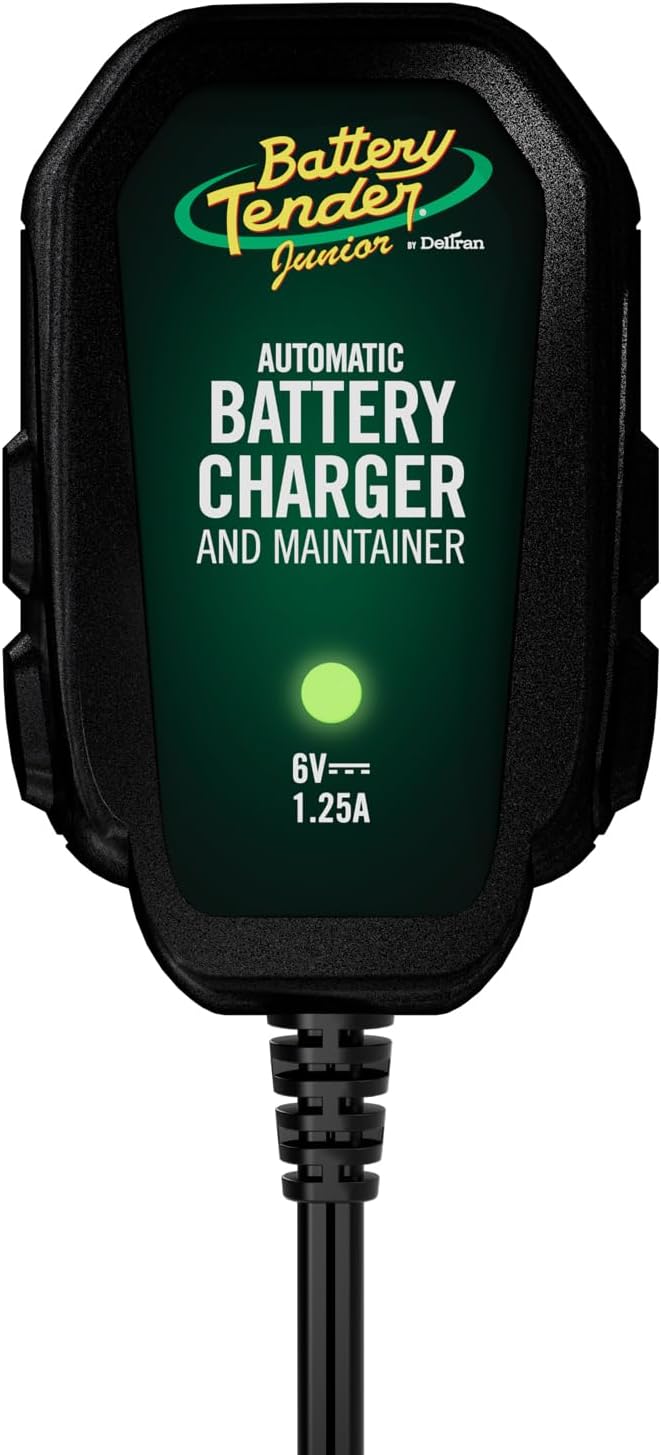







 |
 |
 |
 |
 |
 |
 |
|
 |
|||||||
TV
Shows on DVD/ / / /
/ / / / /
/ / / / / Movies
on Blu Ray/ / / / /
/ / Holiday
Specials on DVD / /
/ / / / Classic
Commercials |
|||||||
|
6 Steps to Developing an Effective Essay ParagraphParagraphing is a critical part of writing, which allows you to form, develop, and convey ideas. To craft a compelling essay, you need to put some extra thought into the way you plan its content and structure. In this article, we’ll discuss how to write the bulk of your essay—body paragraphs. But before we move on to the actual paragraphing process, let’s take a closer look at the definition and features of a strong paragraph. What Is a Paragraph?A paragraph is a unit of text focused on a single idea or topic. According to DoMyEssay, a write my essay service, a body paragraph in an academic essay should include four structural components:
A traditional essay structure has three body paragraphs in addition to an introduction and conclusion. However, the number of paragraphs and their structure may vary depending on the task and its required length. Characteristics of a ParagraphThere are four characteristics that determine the quality of a paragraph:
How to Write a Paragraph in 6 StepsStep 1. Identify the purpose of your essay and develop a thesis statementParagraphs are building blocks of an essay that support your argument. Thus, before working on each individual paragraph, you need to be clear about the main idea you’re trying to express in your piece. Formulate a thesis statement that will provide a base for each paragraph. It serves as a starting point that allows you to brainstorm and organize ideas around a single topic. At this stage, your thesis statement doesn’t have to be perfect but make sure it’s specific enough to guide you through the process. The ideas you introduce in an essay paragraph should be linked to the central thesis and be consistent with it. Step 2. Create a topic sentenceStart a body paragraph with a topic sentence, which presents the central idea of the whole paragraph. It should be specific and tell the reader what the paragraph is going to be about. It allows setting the context before you introduce evidence. Developing and maintaining a single focus in a paragraph can be tricky. It’s challenging to find several bits of evidence to support one idea without getting distracted and losing focus. If the process feels frustrating, consider asking an expert to write your essay. This will save you the trouble of rewriting your paper. Step 3. Provide evidenceTo back up your idea, you need to provide adequate and sufficient evidence. This step requires you to do research and gather information from reputable sources. Types of evidence can be diverse:
Choose an appropriate source and type of evidence depending on the academic discipline. For example, what’s considered relevant evidence will be different in the humanities and sciences. For example, while letters, maps, and documents are suitable evidence for a history paper, they won’t work for your biology or chemistry class. Instead, you’ll need to use data from your own experiments and the results of studies performed by other people. Step 4. Offer analysisIn essay writing, evidence never speaks for itself. To make it work, you need to provide your own interpretation and commentary to show how it supports the central idea of a paragraph. Once you’ve stated the evidence, explain how it relates to the topic sentence and supports your claim. Draw the reader’s attention to what’s most important and unique about the evidence. Even if your explanation seems obvious, don’t be afraid to include it. Your reader might not hold the same opinion on the subject matter as you. Some extra emphasis will help avoid misunderstandings. Step 5. Write a concluding sentenceThe structure of a body paragraph is similar to the overall structure of an essay. Just like an essay, a paragraph needs an exhaustive conclusion that summarizes its main idea before you move on to the next point. This step is necessary to make the central message of the paragraph clear and memorable to the reader. Step 6. Transition into the next paragraphThe flow of an essay determines its readability and coherence. Aside from carrying the same idea throughout a paragraph, you should also make sure you create logical bridges between paragraphs. Include a sentence or phrase that will show the link between them and prepare the reader for the following point. Your essay will also benefit if you highlight the connection between the content of each paragraph and the thesis statement. To Sum UpThe only way to write a successful essay is to master paragraphing. A well-structured body paragraph allows you to present your ideas and keep them organized. It should include a topic sentence, relevant evidence, explanation, and a concluding sentence. Make sure you stick to one central point in each paragraph and keep it connected to the general topic of your piece. Attention to detail and coherence are key to helping the reader follow your track of thought and get the intended message.
|
|